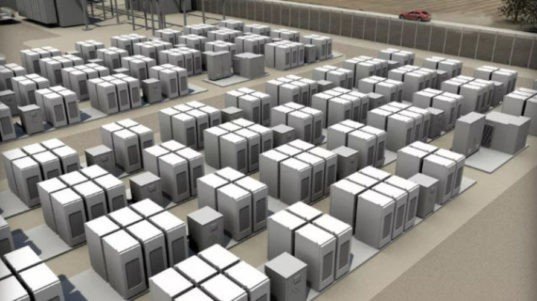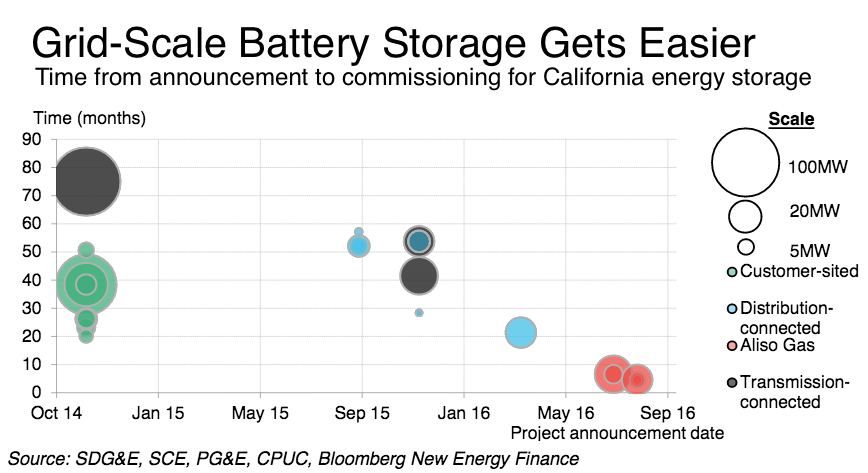Fortune 500: Climate Goals Leads To Improved Bottom Lines
Looking at the biggest companies reveals an even stronger commitment, with 63% of Fortune 100 companies leading the trend to address climate change. Leading companies include Apple, Bank of America, Facebook, Google, and Walmart.
Despite the relatively smaller absolute percentage in the bottom quintiles, Fortune 401 – 500 companies, the smallest in the cohort, have shown significant improvement. Compared with 2014, the percentage of companies with targets rising from 25% in 2014 to the current 44%, a total increase of 19%. This improvement in the smaller Fortune 500 companies reflects the shift in corporate attitudes towards renewables. Like Marty Spitzer, Senior Director of Climate and Renewable Energy at WWF said: “American businesses are leading the transition to a clean economy because it’s smart business and it’s what their customers want.” Setting renewables target expands from larger companies to companies of relatively smaller scale might represent a positive trend and it is likely that companies outside of the Fortune 500 will continue the increase in renewable targets.
53 companies have set goals to buy or invest in renewable energy, such as solar or wind. The approaches include unbundled Renewable Energy Certificates (RECs) purchases, onsite installations (mostly solar), and larger-scale, off-site purchases, the latter of which has seen significant growth in recent years. According to the Solar Energy Industries Association, corporates have now installed more than one gigawatt of onsite solar capacity in the U.S. Since 2014, nearly 7GW in new, direct, off-site corporate renewable energy contracts have been signed by 33 companies (most, but not all are in the Fortune 500)
The trend is set because direct procurement (onsite installations and offsite procurement where the company is involved in some way in the energy sales transaction in addition to taking title to the RECs) allows companies to both access fixed-priced renewable energy, which can save on energy costs over time, and to cause new generation to be built over what would have been driven by regulation, enhancing the emissions reduction impact of the company’s investment. The plummeting price of wind and solar allows companies to achieve more than just GHG emission reduction targets. The purchase also brings reduced operating costs, long-term price stability, and a diversified energy supply.
Save the planet while capturing business value
Achieving clean energy targets means saving money and growing profits. In 2016 alone to totals $3.7 billion, up from $1.7 billion in 2013, were saved by nearly 80,000 emissions-reducing projects implemented in 190 countries. In the meanwhile, companies also decreased their annual emissions by 155.7 million metric tons of CO2 equivalent, which is equal to taking 45 coal-fired power plants offline for a year. This number was only 26.7 million in 2013. During three years of time, companies increased their savings by $2 billion and 129 million metric tons of CO2 equivalent. The improved impact to the environment is all the more significant.
The environmental impact is more certain as more companies adopt science-based methodologies to inform and monitor their renewable targets. A significant number of these companies are increasing their ambition by aligning their carbon reduction goals with climate science, such as Walmart’s Gigaton commitment.
The company aims to reduce its carbon dioxide emissions from upstream and downstream sources by one billion tons (a gigaton) between 2015 and 2030.
A science-based target utilizes the best available scientific data to define a company’s appropriate share of emission reductions required to limit global temperature increases to below two degrees Celsius. Various methodologies to inform their science-based targets have been developed and are constantly evolving. For instance, the decarbonization pathways by the Intergovernmental Panel on Climate Change (IPCC) have been adopted by several companies. Implementing science-based methodology implies more commitment and ambition.



